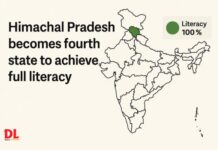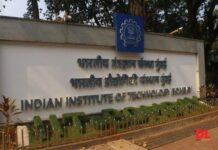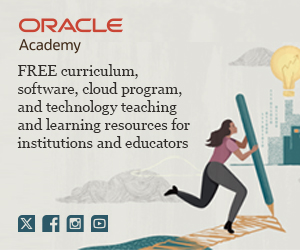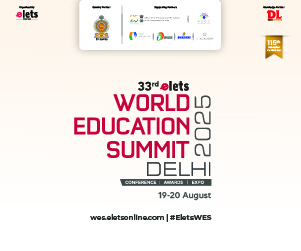The Era Business School has extended facilities to accentuate learning and empowering education through the introduction of Apple iPad 2 for all its students.
Taking a step further in education, EBS recognizes that students can experience a breakthrough in learning subjects more easily and faster by creating a unique learning environment. In line with promoting tech savvy learning, EBS is providing Apple iPad2 to every student.
EBS has invested in developing a world-class infrastructure, powered by a Wi-Fi state-of-the-art technology campus, step based global video delivery enabled classroom, and Web-enabled ERP based system (EBS Blackboard), besides a Finnish software based IT and communication lab.
Speaking on the occasion Prof. Sanjiv Marwah, Director, Era Business School said, “EBS believes in versatility and innovation, therefore students are provided with cutting-edge technology. Now, they can engage in higher education from any corner of the world. Since college students prefer freedom and flexibility, the iPad2 is just the right choice in customizing the learning experience. To facilitate learning it will offer innumerable free lecture notes, examinations, and videos for students and curious learners online”.
The EBS blackboard (ERP application) shall be available on iPad 2 enabling students to access anywhere, anytimenotes while getting the institute's updates, attendance, class information, e-mail access, instant messaging.



















